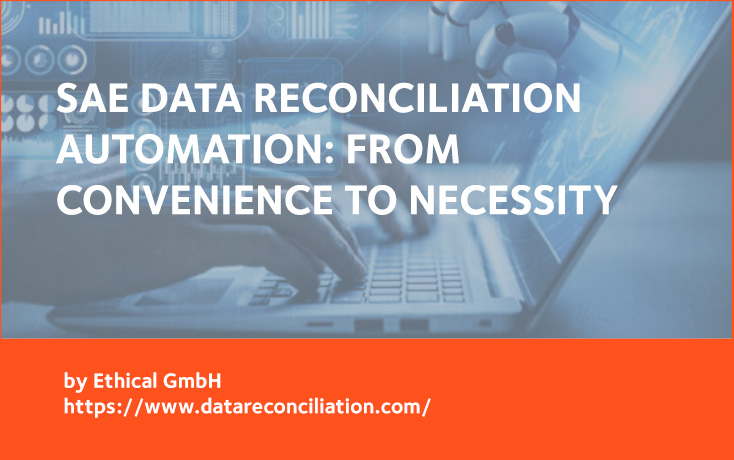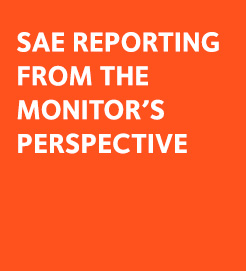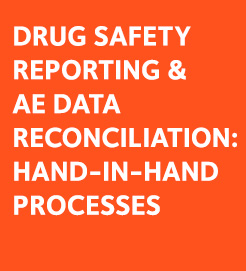Depending on the size and complexity of a clinical trial, reconciliation of SAE data can be more or less difficult. The help of a reconciliation automation tool is of course always welcome. But there are cases where the study is so big or so complex (or both) that automation becomes necessary in order to guarantee the completion of the work within any reasonable timeframe and with the necessary quality. This is when reconciliation automation goes from being a convenience to being an absolute necessity.
Clinical research professionals are well aware that the parallel processing of SAEs in two different systems during the conduct of clinical trials, on one hand the clinical database and on the other the safety database, inevitably creates disparities that need to be resolved via a process of data reconciliation. Longer and more complex trials are more difficult to reconcile and are better managed with the help of dedicated software tools while smaller ones can be handled more easily by a manual process.Reconciliation automation: a necessity in mega-trials
Large and complex studies are most of the time either pivotal phase 3 trials that are time-critical for market authorization or follow up commitments after a regulatory agency request. Here, reconciliation automation becomes an absolute necessity. Without the help of a dedicated software, it becomes practically impossible to guarantee a perfect result let alone within stringent timelines.
The size and complexity of clinical trials is constantly increasing
How did we do it before these tools were developed? Phase 3 studies have been around since long before any of the existing reconciliation automation tools was even envisioned. But clinical studies have become incomparably more complex over the years. The amount of data collected both in the clinical and in the safety database has grown exponentially and what used to be possible (if one was willing to put many people on the task) is now out of reach even for large data management teams. In a study with a reconciliation listing 700-pages-long, no team would make it without software support.Reconciliation automation tools have proven their utility
Mega trials are becoming widespread and with them comes the absolute necessity for powerful and user-friendly software tools. In the SAE data reconciliation area, the use of such tools has already proven their utility and should be systematically considered at the study planning phase to prevent bottlenecks and avoid un-forecasted cost.
During the process of SAE data reconciliation, verbatim descriptions, coding terms, dates and other information are frequently found to be different. Sometimes, whole AEs are missing on one or the other side. Some data types must have an identical value and others have a margin of tolerance, but all must be compared, weighted, clarified and if needed corrected before the study is over.
The SAE reconciliation process is typically driven by a Data Manager who, on a periodic basis, reviews data in the clinical database and compares defined variables with the corresponding records in the safety database. Data Managers collaborate with several functions including Drug Safety, Biostatistics and Clinical Development for the resolution of these discrepancies. SAE-Reconciliation meetings are often necessary in order to discuss the discrepancies and determine if they are acceptable or decide on the appropriate course of action. Often, queries are sent to the sites for clarification, in other occasions the study physician or the data manager must make a decision. Finally, all discussions, options and decisions must be clearly documented and filed in the Trial Master File (TMF) for future inspection by health authorities.
Using a data reconciliation software with automation tools such as eReconciliation® helps, for example, to detect matching and non-matching records quickly and easily, track changes in source data without effort or keep oversight of the reconciliation operations throughout the study with minimum burden. Managers save precious time for more important tasks while the SAE reconciliation process goes on.
DOWNLOAD NOW THE FREE SAE RECONCILIATION HANDBOOK
The Manual / Reference Book with all the topics related to the Safety Data Reconciliation Management.







